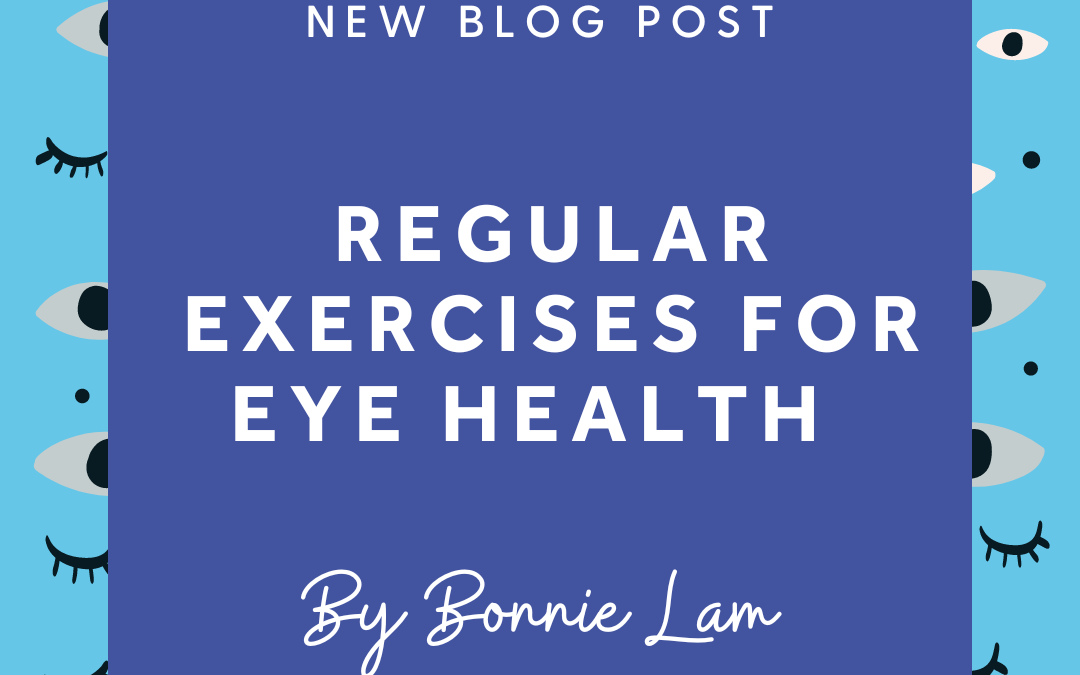Our blogs are written by students for students. If you need further support please visit the student support website
Do you know our vision accounts for gathering 80% of information from the environment? Thus, protecting our eyes is essential. But how should this done? Exercise!
It is well known that exercise is good for our physical and mental health. Still, few people notice that it also benefits our eye health. Upholding our vision reduces the odds of blindness and loss of vision significantly. I will talk about how exercise protects your eyes.
Regular exercise can delay cataracts, ease the progression of visual field loss in glaucoma, and decrease the risk of getting diabetic-related eye diseases and macular degeneration. These are the top causes of blindness in developed countries, and nearly 22 million people(1) were affected in 2020.
When you get older, your lens will become cloudy at around the age of 50. This is called a Cataract. It is an age-related disease, so we can only delay but cannot prevent it. However, delaying the onset leads to postponing the need for surgery (the only method of treating cataracts). Thus, you can enjoy natural vision for a longer time. Since working out improves blood circulation, it allows antioxidants to travel to the eye and removes ageing and oxidative damage (2). Hence, delaying the onset of cataracts.
Glaucoma is another eye disease often linked with high eye pressure and leads to optic nerve damage. It is often called a “silent thief of sight” as there are no symptoms in the early stage. Furthermore, there is no cure for glaucoma. Decreasing the progression is the only option, usually measured by narrowing the visual field (how wide can you see). It has been proved that any type of physical exercise protects the optic nerve by reducing the eye pressure effect and inflammatory responses (3).
Macular degeneration is a chronic disease which directly affects central vision. Central vision gives the best image in your eye. Once it is damaged, it cannot be reversed. Similar to glaucoma, there are no signs in the early stage. A study by Williams (2009) showed that people who did 30-minutes of walking for five days per week can lower the risk of getting the disease by 54% compared to those who do not run (4).
Last but not least, diabetic-related eye diseases is affecting more and more people as more younger people have diabetes. Same as above, it is also irreversible. Diabetic patients’ blood sugar levels are often high, which leads to the dilation and weakening of blood vessels in the eye. Fluid gets into the back of the eye easily and cannot be removed. It can lead to an increase in eye pressure (glaucoma) or retinal detachment. Having physical activities to help control blood glucose level and improve cardiovascular health, thus, significantly helps to reduce the disease progression of type 2 diabetes (5).
The diseases mentioned all sound scary; however, you can reduce the risks of having them and slow down the progression if you exercise. It doesn’t need very demanding activities; even having a walk after meals has significant effects. I hope this gives you one more reason to get moving.
Written by Wellbeing Champion, Bonnie Lam
References
- Steinmetz et al (2020), Causes of blindness and vision impairment in 2020 and trends over 30 years, and prevalence of avoidable blindness in relation to Vision 2020: The right to sight: An analysis for the global burden of disease study. The Lancet Global Health, 9(2).
2. Jiang et al (2020), Physical activity and risk of age-related cataract. International Journal of Ophthalmology, 13(4) pp. 643–649.
3. Lee et al. (2019), “Greater physical activity is associated with slower visual field loss in glaucoma.” Ophthalmology, 126(7) pp. 958–964.
4. Williams (2009), Prospective study of incident age-related macular degeneration in relation to vigorous physical activity during a 7-year follow-up. Investigative Opthalmology & Visual Science, 50(1), pp.101–106.
5. Praidou et al. (2017) Physical activity and its correlation to diabetic retinopathy.” Journal of Diabetes and its Complications, 31(2) pp. 456–461.
We know these are small steps and there is a lot of support available. This help might not help you, not be enough on its own and is not an alternative to seeking support. If you need further support please visit the student support website

